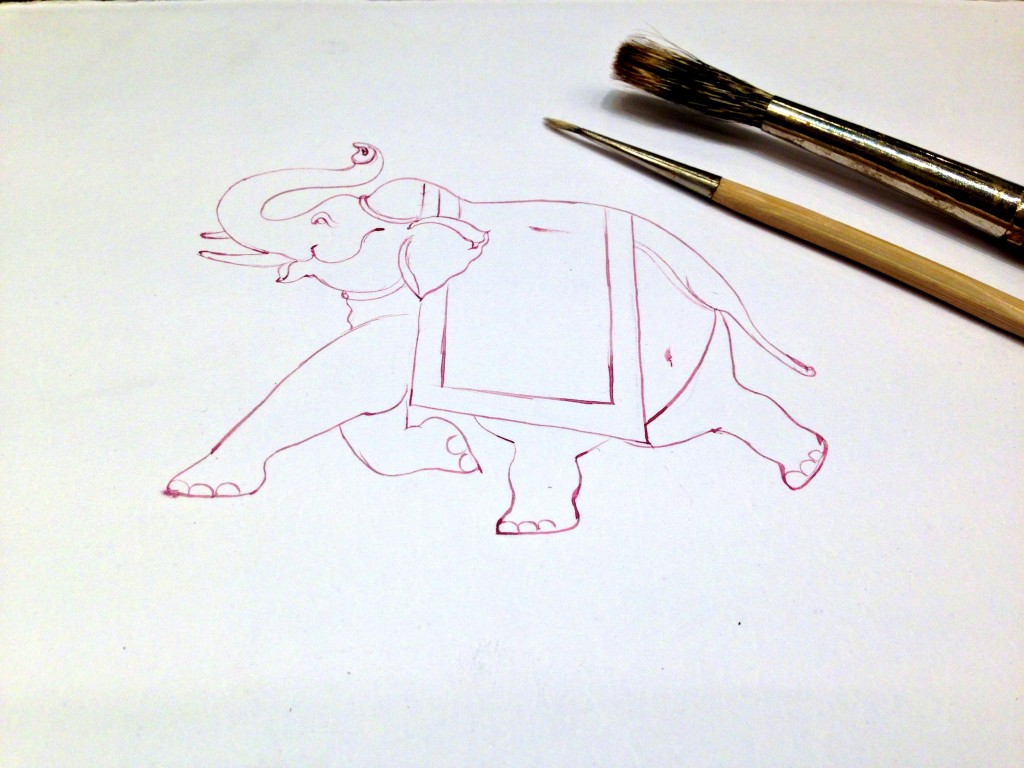
Miniature Painting from Jaipur, India to Durham, NC
Materials used during our visit and hati (elephant) painted by Elizabeth on our tour While in Jaipur, we had the… read more


Materials used during our visit and hati (elephant) painted by Elizabeth on our tour While in Jaipur, we had the… read more
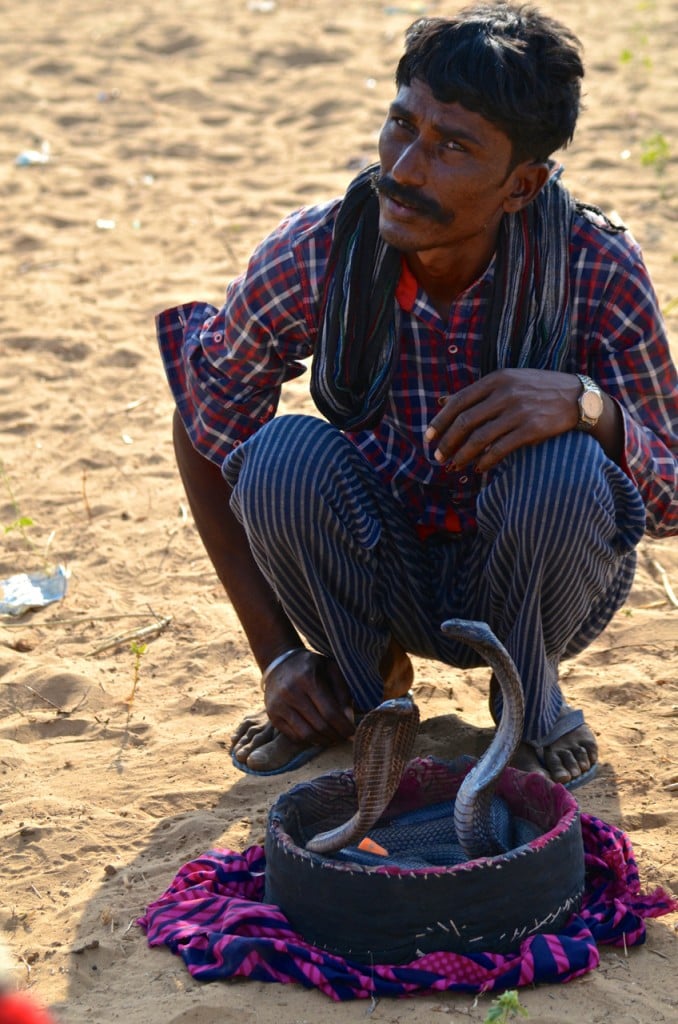
Animals are always fun to see. In India there are animals all around you as you are walking the streets… read more
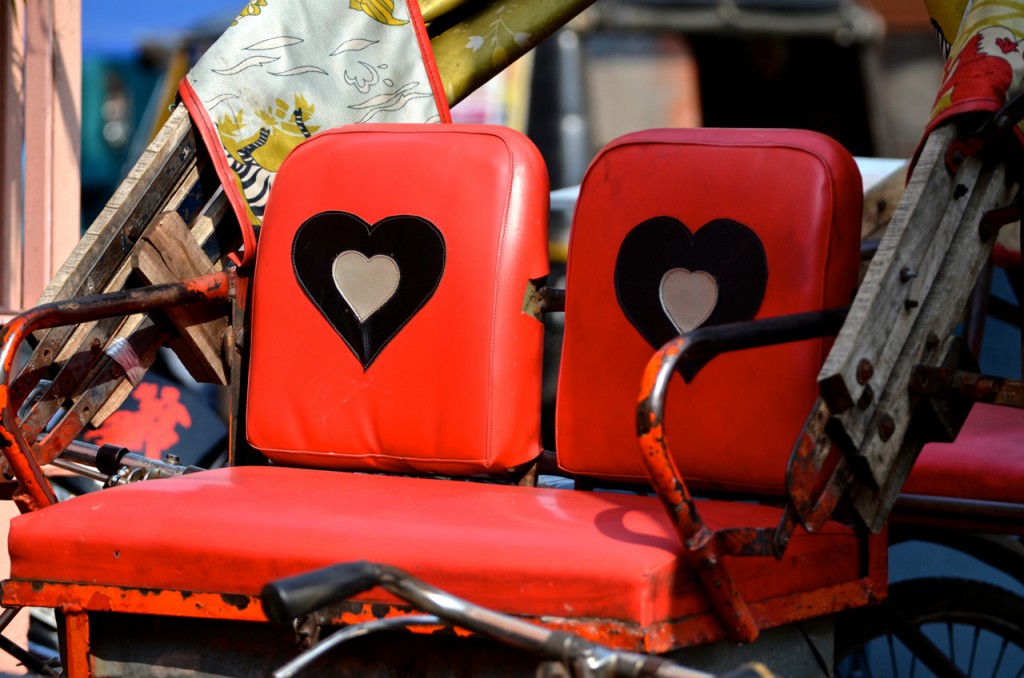
If you read my ‘What I Notice’ post, you are aware of the delight I take in seeing hearts all… read more
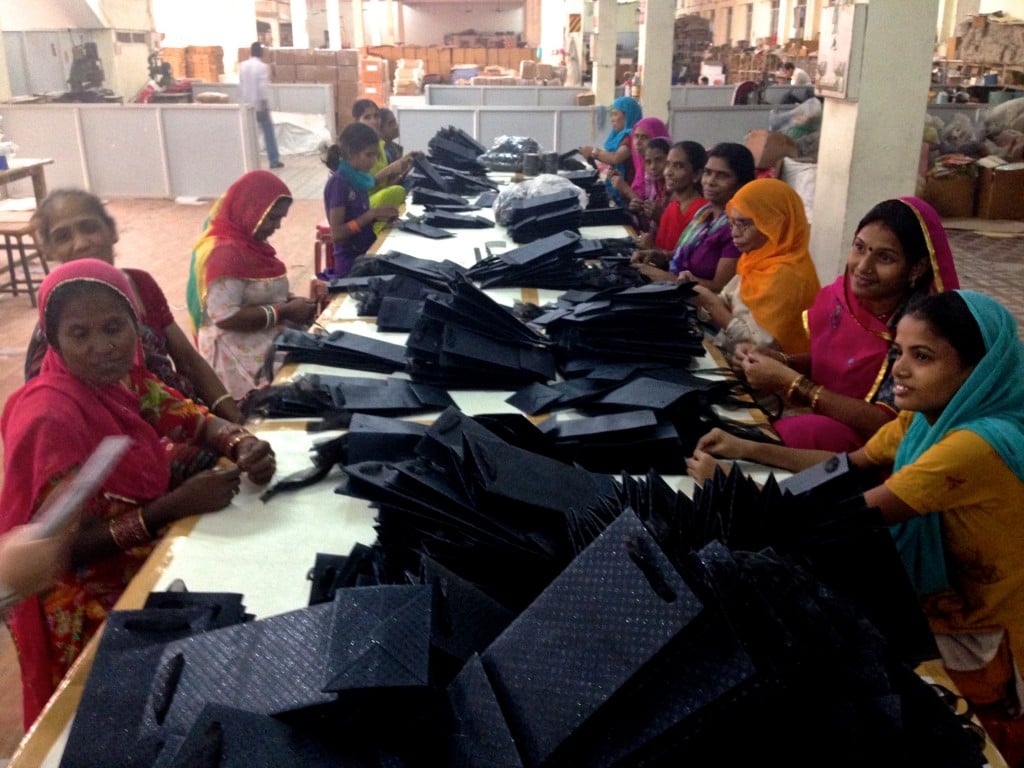
Women folding gift bags in paper factory in Jaipur, India The next time you wander in a craft store to… read more
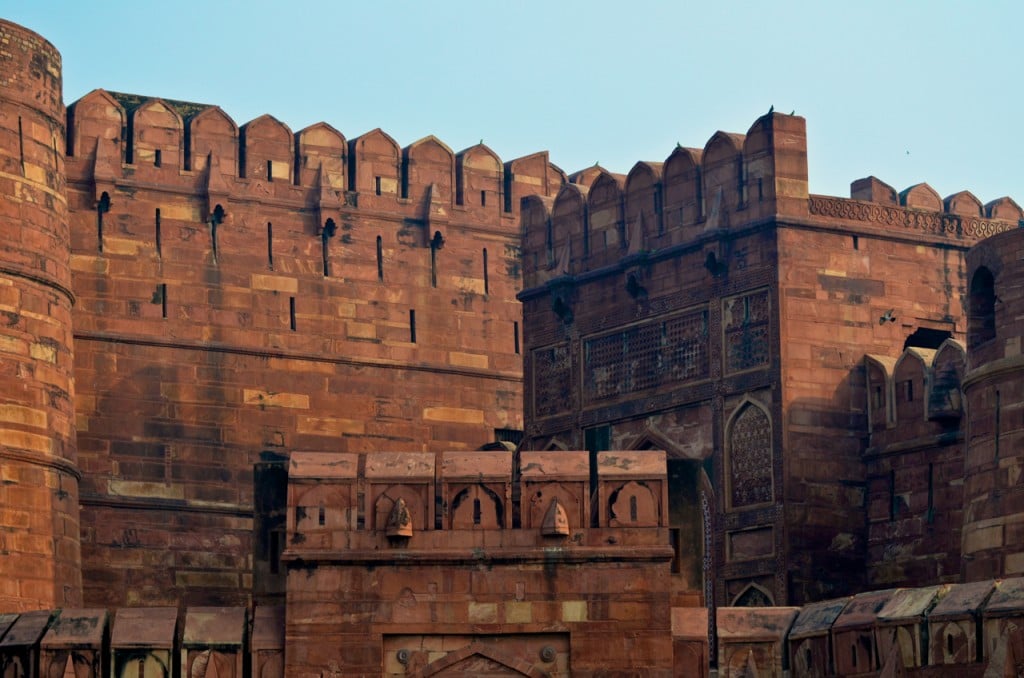
On our third day in India we visited the Red Fort in Agra. The various buildings within this sprawling fort… read more
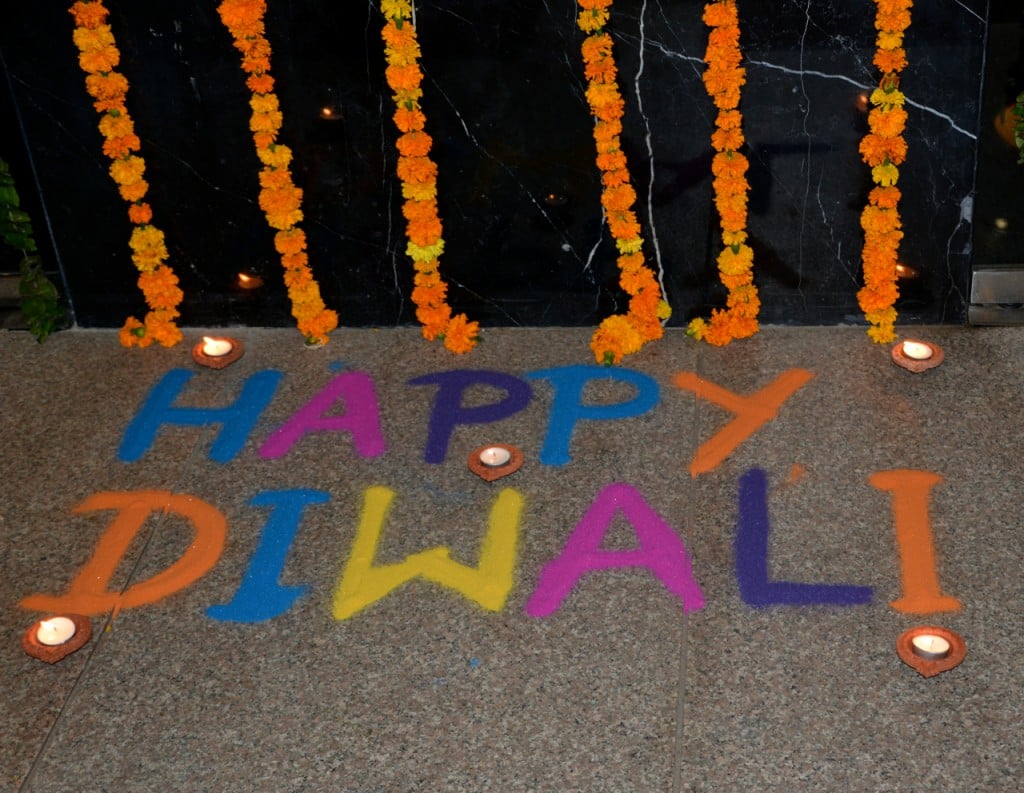
Diwali, also known as Deepavali and the festival of lights, is an ancient Hindu festival celebrating the victory of light… read more
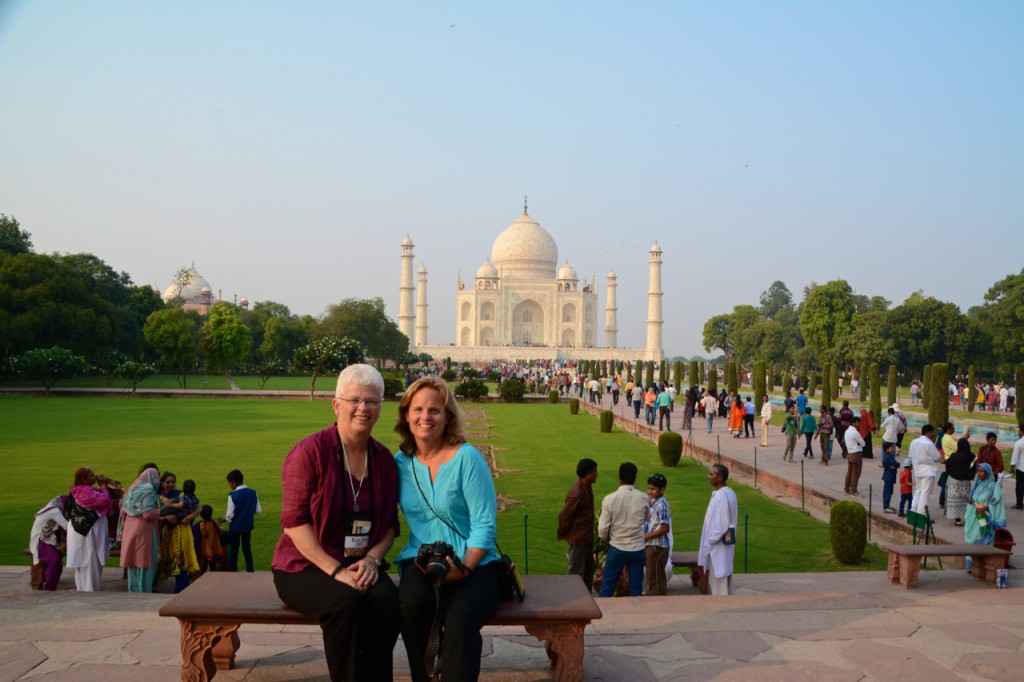
The Taj Mahal, the seventh wonder of the world, means “Crown Palace.” The Taj was built over a period of… read more
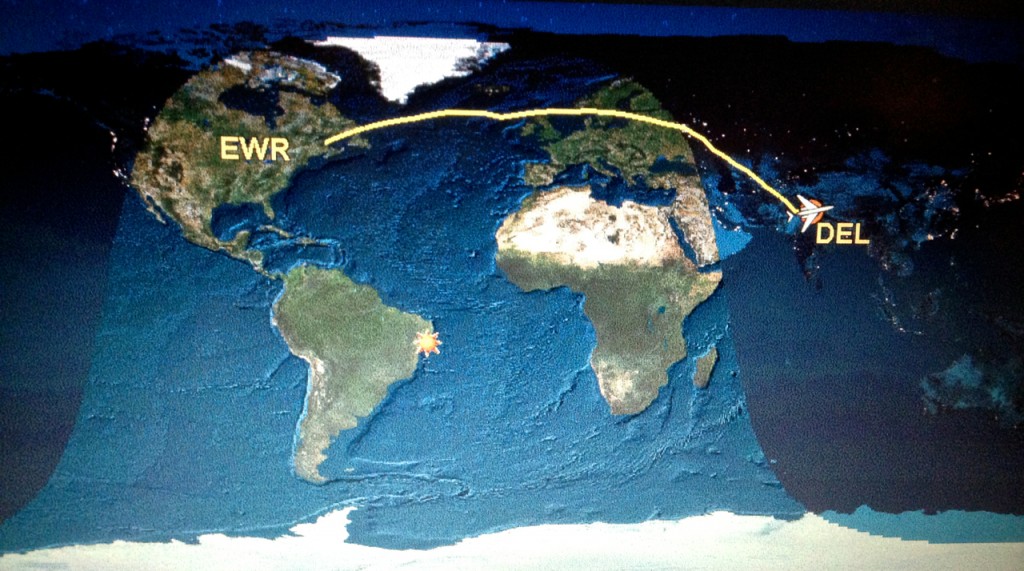
The first time my mom went to India was in the 5th grade where she stayed until she graduated as… read more

Wooden block for printing I love India! If you know me, you know I notice hearts. We had our first… read more
One of your curious questions is how to count to ten in Hindi. Try it! Source: http://en.wikibooks.org/wiki/Hindi/Numbers Zero (0) शुन्य… read more